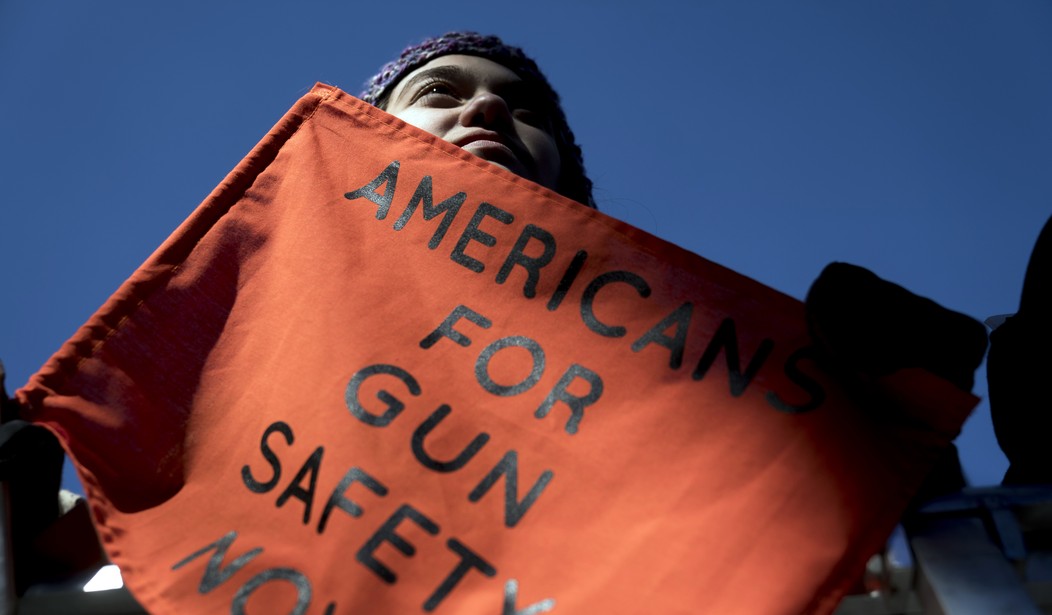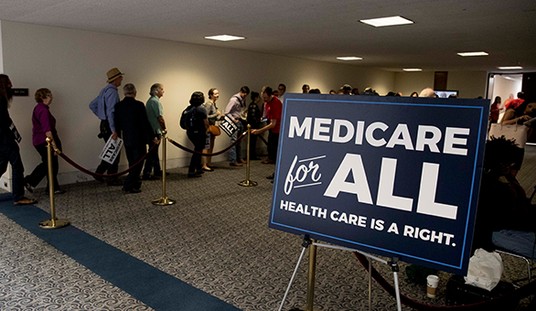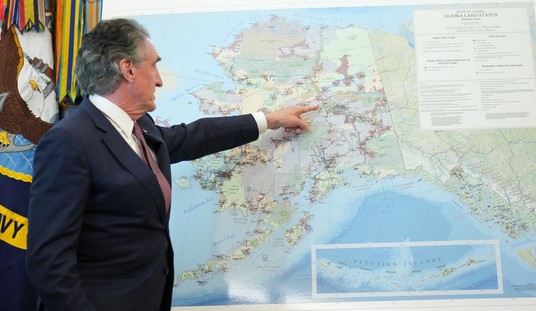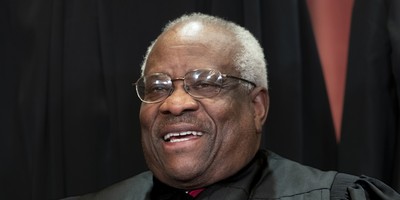News headlines across the country repeated a University of Colorado public health study claiming that “1 out of every 15 American adults have been at a mass shooting.” That figure suggests 18 million Americans have witnessed a mass shooting firsthand and 5.6 million were “injured”—outrageous claims that fall apart under basic scrutiny. Yet reporters keep repeating this claim without question or asking any researchers who might be critical of the survey.
The survey paper engages in a bit of bait and switch. The first sentence starts by defining a mass shooting as the shooting of four or more people (wounded or killed). But the survey never asks those surveyed if they experienced that specific scenario. Instead, it vaguely asks whether they've ever been “physically present on the scene of a mass shooting in your lifetime,” without clarifying what qualifies as such an event.
That includes seemingly everything—gang violence, domestic arguments, or even drive-by shootings with no victims. The question’s wording is so broad it might even cover war zone experiences. They don’t even mention whether these shootings must be part of a crime.
And what does “mass” mean here? More than one shot fired? Hearing gunfire—or fireworks—late at night in a high-crime neighborhood? Does anyone have to be shot? This framing is so loose that the survey could easily count someone who merely hears distant gunshots as a “mass shooting survivor.”
The authors reference a definition of mass public shootings from the Congressional Research Service (CRS) and claim that their work is related to it. But they completely ignore that definition looks at four or more people murdered, and it excludes murders “attributable to any other underlying criminal activity or commonplace circumstance (armed robbery, criminal competition, insurance fraud, argument, or romantic triangle).” The CRS notes that “a large percentage of those incidents were drug- and/or gang-related.” The survey questions also ignore the “public space” part of the definition.
Recommended
The CRS definition tried to the attacks in places like malls, schools, and other public places where the sole goal was to kill or wound people that have grabbed the national public attention. The survey wants people to think that is what they are measuring, not that they might include mass shootings in wars.
The authors also reference a definition of mass shootings from the Gun Violence Archive (GVA), a gun control group, which generally focuses on four or more people shot.
The GVA has data over the eleven years starting in January 1, 2014 to December 31, 2024. Let’s accept their claim there were 5,183 of these attacks, with 21,552 victims injured (there were another 220 suspects), though that includes more cases than fit the definition of four or more people shot. That is a long way from 5.6 million injured, though they are talking above over people’s lifetimes. Even if we assume the rate held steady over 55 years, the total number of people injured (including attackers) would reach only 108,860 — 1.94% of the 5.6 million reportedly exposed. And since gun control activists argue that mass shootings have increased over time, applying a constant rate across all 55 years almost certainly overstates the actual number of people shot.
If the survey was serious, it would have asked very different questions and made it clear to the respondents what “mass shooting” meant. For example, instead of asking: “Have you personally ever been physically present on the scene of a mass shooting in your lifetime?” They would ask: “Have you personally ever been physically present on the scene of a mass shooting crime where four or more people have been shot in a public place in your lifetime?”
After all the misinformation public health researchers spread during COVID, the public should now view their research with greater skepticism. But the legacy media remains a different story. They continue to embrace claims that fit their preferred narrative, showing little sign of questioning or verifying the evidence behind them.
John R. Lott Jr. is president of the Crime Prevention Research Center. He is the author most recently of “Gun Control Myths.”

























Join the conversation as a VIP Member